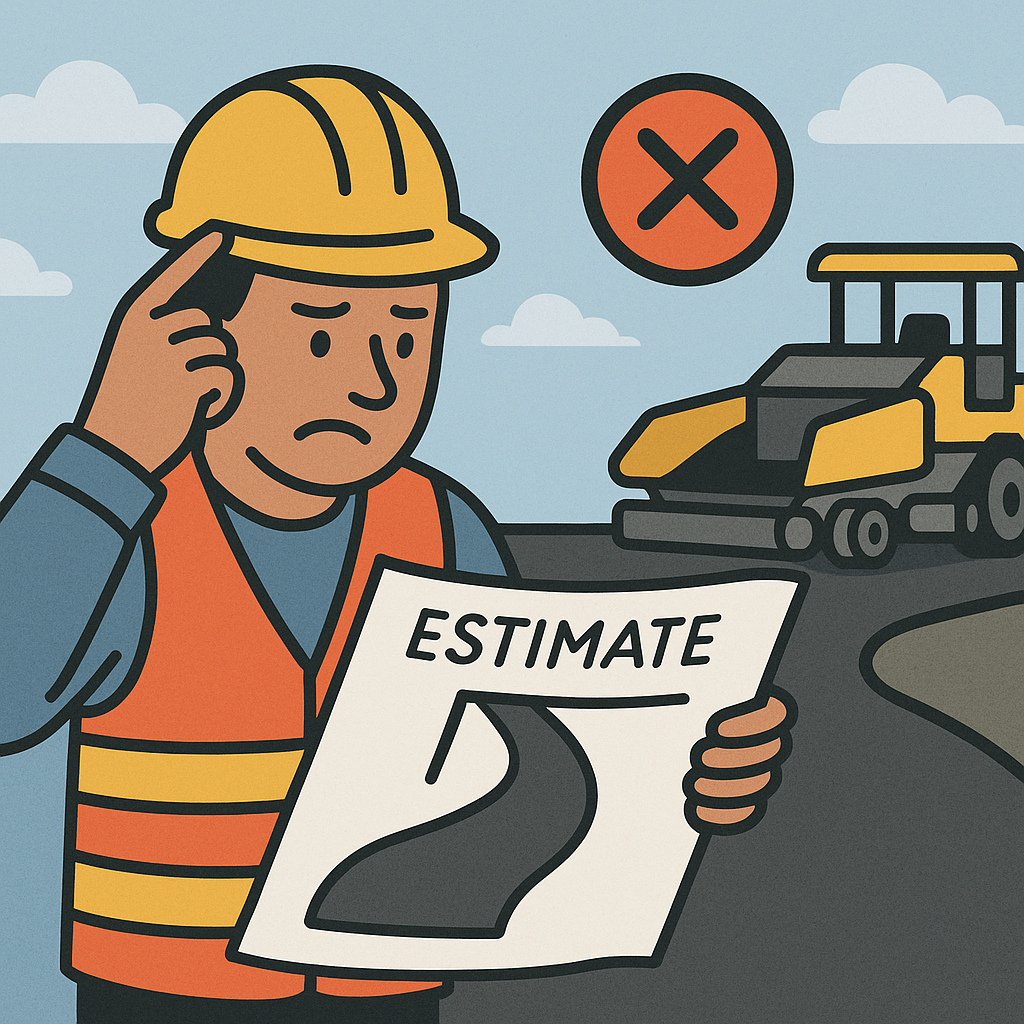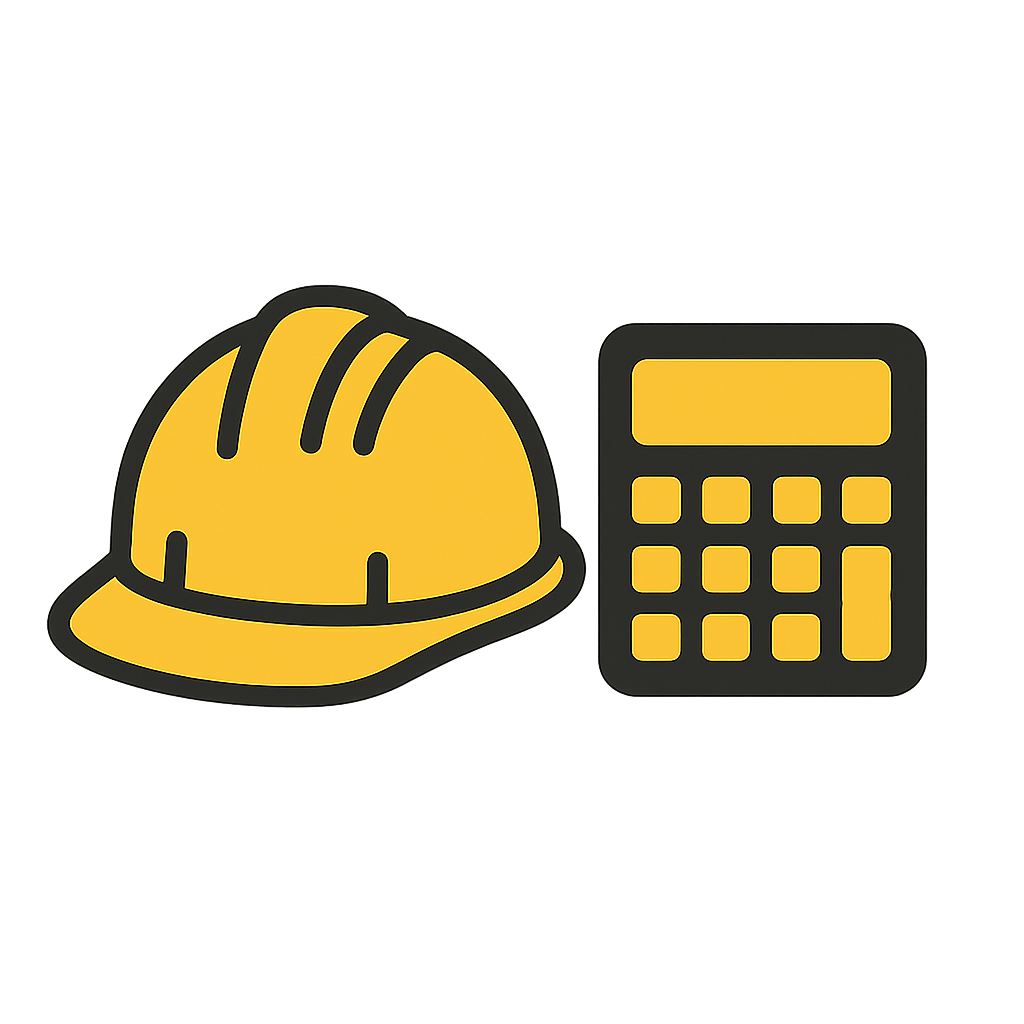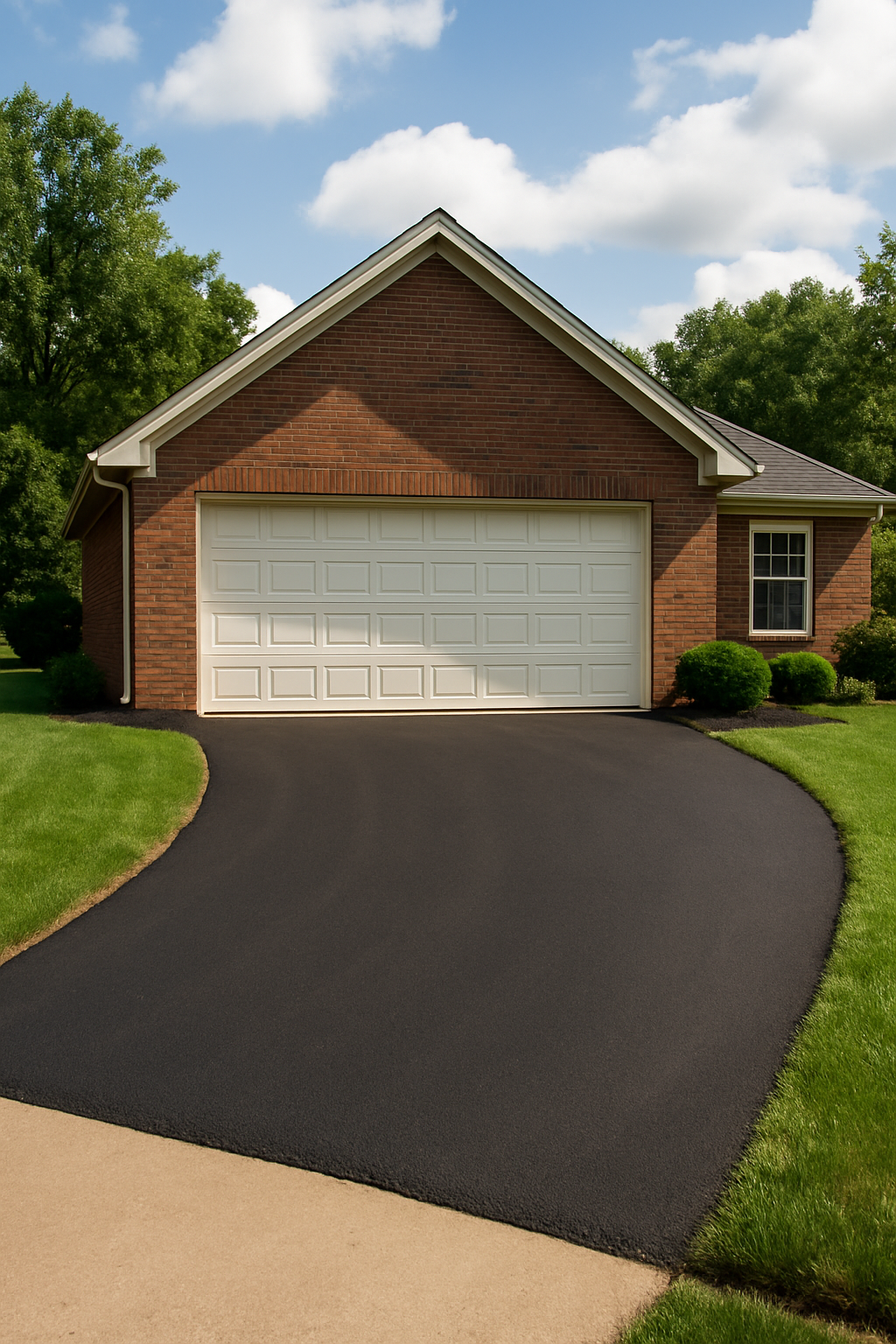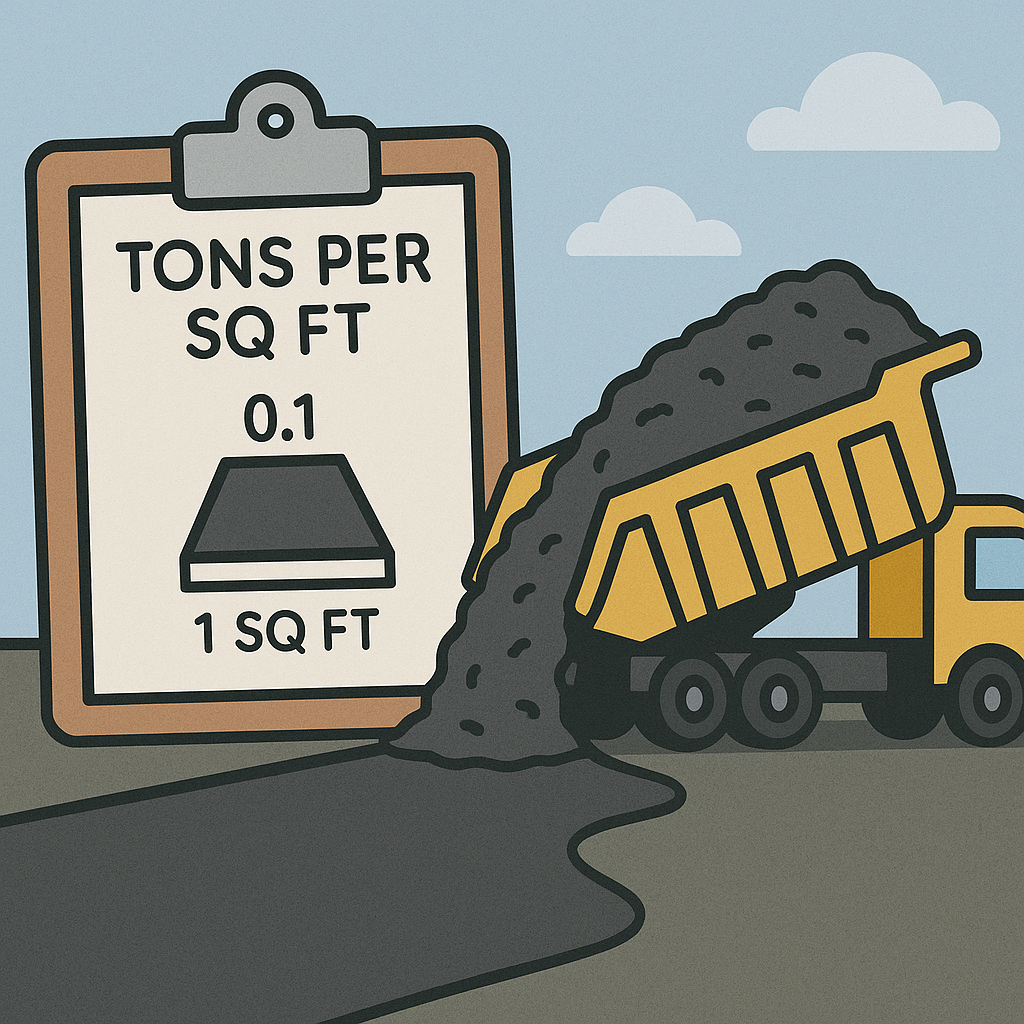Mistake Prevention
Common Mistakes in Asphalt Estimation
Avoiding common mistakes in asphalt estimation can save you thousands of dollars, prevent project delays, and ensure the longevity of your pavement. This comprehensive guide highlights the pitfalls to watch out for when calculating asphalt needs for your next project.

The Most Common Estimation Errors
Even experienced contractors can make these mistakes. For homeowners and DIY enthusiasts, being aware of these common errors is the first step toward a successful asphalt project.
- Ignoring depth in calculations. A seemingly minor difference in depth can dramatically affect tonnage requirements. For example, increasing depth from 2 to 3 inches adds 50% more material to your project. Learn more in this thickness guide to understand how depth affects both performance and cost.
- Using inconsistent units. Mixing feet and inches or switching between imperial and metric measurements leads to significant calculation errors. Standardize on one measurement system throughout your project and double-check all conversions. The asphalt calculator handles these conversions automatically to prevent this common mistake.
- Forgetting about compaction. Asphalt compacts during installation, reducing its volume by 20-30%. Always account for this compaction factor when ordering materials. A 3-inch loose asphalt layer will compact to approximately 2-2.5 inches, so order accordingly to achieve your target finished depth.
- Neglecting irregular shapes. Not all driveways and parking lots are perfect rectangles. For irregular shapes, break the area into simple geometric forms (rectangles, triangles) and calculate each separately. Learn proper measuring techniques in this measuring guide to ensure accuracy.
- Underestimating waste factor. Even the best installations have some waste. Add 5-10% to your calculated amount to account for spillage, uneven spreading, and other variables that occur during installation. This buffer ensures you won't run short of materials mid-project.
The Cost of Miscalculation
Underestimating asphalt needs can lead to project delays and additional delivery charges. Overestimating means wasted money on unused materials. Getting it right the first time saves both time and resources.
Tools for Accurate Estimation
Precision in asphalt estimation comes from using the right tools and formulas. Consider these resources to improve your accuracy:
- Learn the proper density formula in this tons per square foot guide
- Understand how different project types require different depths in this depth guide
- Compare asphalt with other materials using this comparison guide
Want a foolproof way to get the right numbers? Try the project cost calculator to budget your entire project accurately. For the most precise material calculations, the asphalt calculator accounts for all the variables discussed in this guide.



